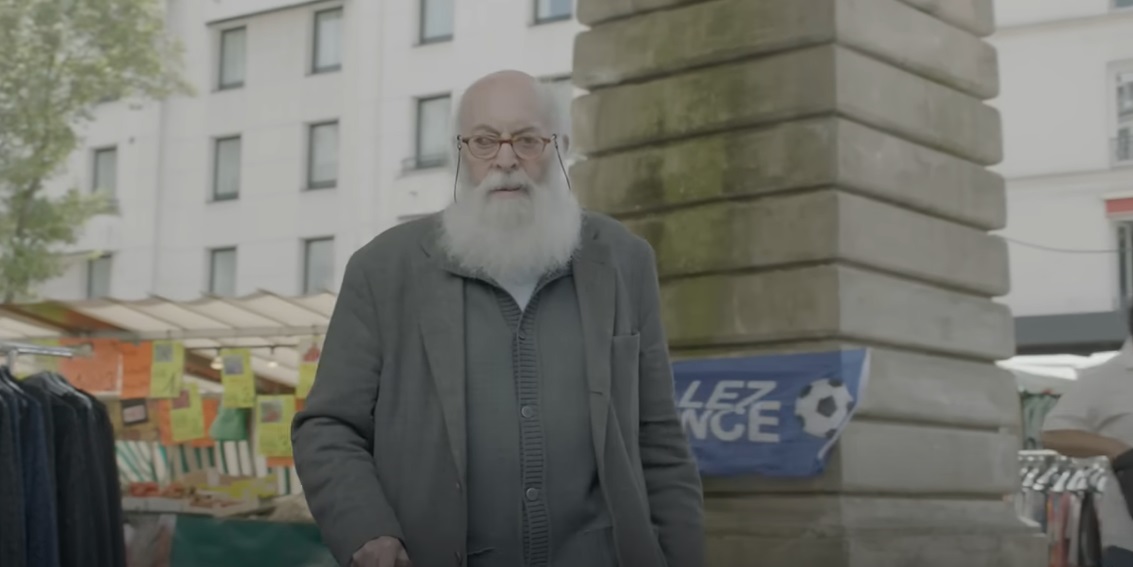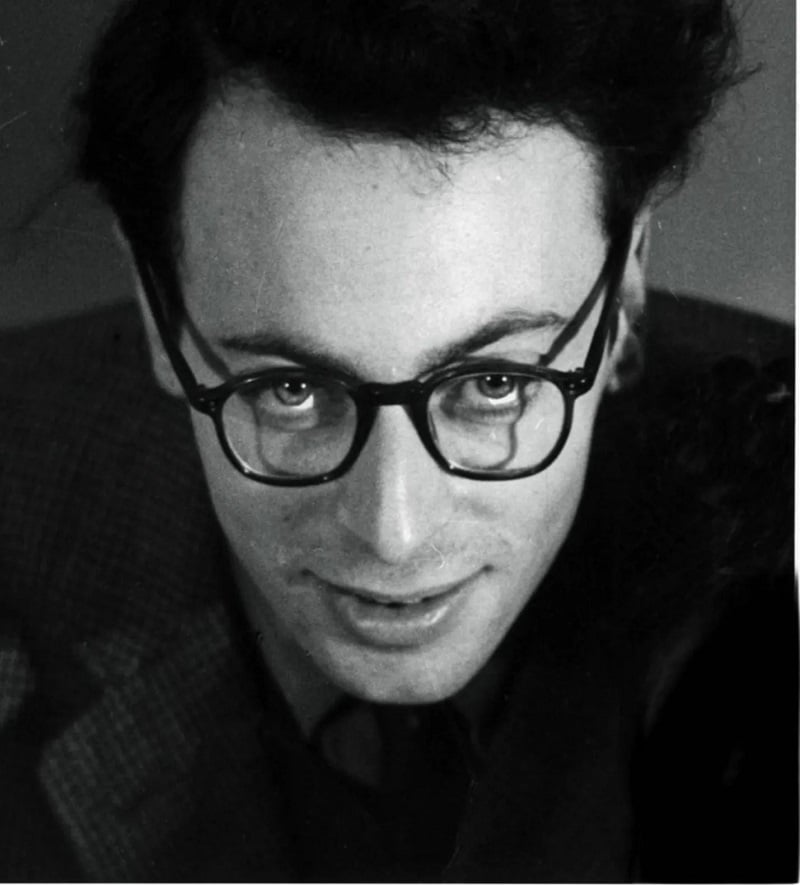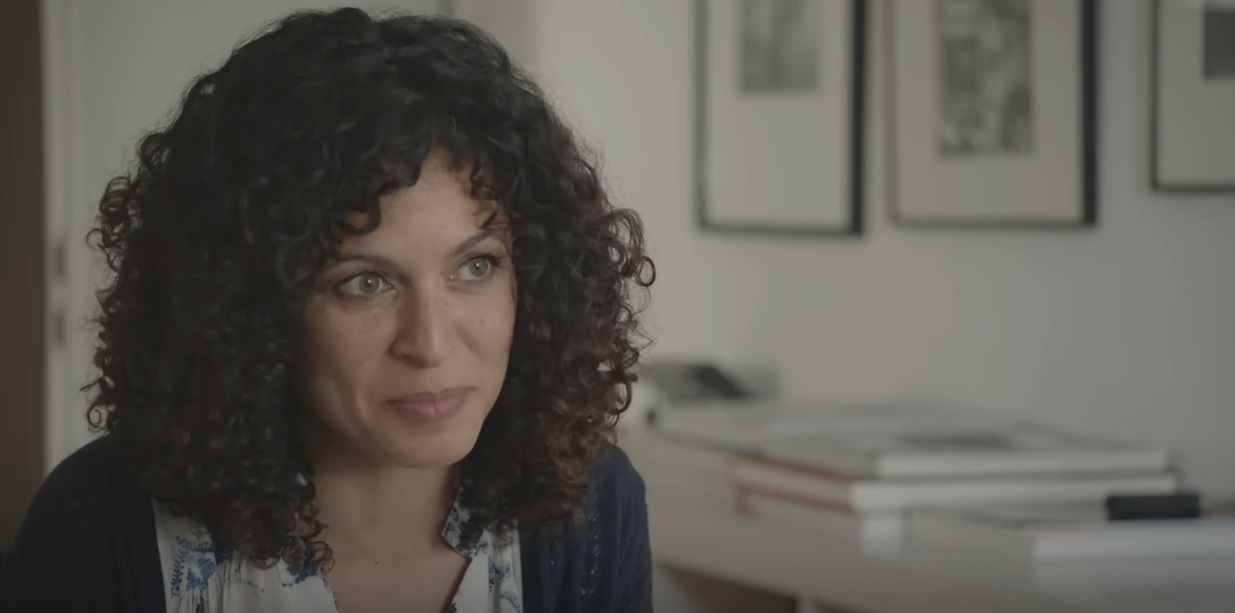Adolfo Kaminsky, probably the most famous Jewish forger in the world, died earlier this month. For nearly three decades, from 1940 to the end of the 1960’s, he was involved in every important underground movement or revolution across the globe. With the skill of a true artist, he falsified official documents of dozens of countries, but never sought payment for his services. Even though he produced forged papers for so many years, he was never caught. After decades of keeping out of the limelight, he decided to share the details of life story – first in a biography written by his daughter, the actress Sarah Kaminsky, which was published in 2009, and later in the documentary “The Forger” that was released in 2016. There was also an article about him in the New York Times and a segment on the news magazine, 60 Minutes. In recent years, it seemed that everyone was telling Kaminsky’s unbelievable story, who passed away in the beginning of January 2023 at the age of 97.
Kaminsky died in Paris, where his parents, Salomon and Anna, met in 1916. Salomon worked for a Marxist Jewish newspaper. Anna had fled to Paris to escape the pogroms in the Pale of Settlement in the Russian Empire. Following the outbreak of the October Revolution, both were expelled from France for being a threat to the regime due to their communist ideology. They moved to Argentina, where Adolfo was born in 1925.

In 1932, the Kaminsky family returned to Paris. Salomon, no longer a communist sympathizer, went to work as a tailor. To help support the family, Adolfo left school when he was 13 and was hired by a company that manufactured airplane parts. After the Nazis occupied France, all the Jewish employees were fired and Kaminsky found another job. At the age of 15, he began working as an apprentice in a clothes-dyeing shop where the owner, a chemical engineer by profession, taught him how to remove and alter the shades of stains. He also worked a second job as a chemist’s apprentice in a dairy. There, he tested the fat content in the cheese, added methylene blue to the milk and measured how long it took for the lactic acid to dissolve it. The chemistry knowledge he acquired in those jobs, and in particular how to dissolve ink, would later prove to be no less than life-saving.
That same year, his mother Anna was killed in an unexplained train accident (Kaminsky later voiced suspicion that she was intentionally thrown onto the tracks). Sometime after that, Kaminsky, his brother and his father were rounded up and taken to the Drancy internment camp, but were released owing to an administrative error. “We wanted to stay in the camp with all the rest of the deportees,” Kaminsky shared in an interview. “But my father told me that I had important things to do on the outside.” And, in fact, he did.

In 1944, Adolfo Kaminsky made contact with the Jewish underground and offered them his services. He knew that his experience in dyeing clothes and removing stains would make it easy for him to falsify documents. To prove his credibility, the young man was asked to forge identity papers for himself, which he would make use of when operating out of the forgery lab in occupied Paris.
While working in the lab, Kaminsky went blind in one eye, caused by the strain his painstaking work put on his vision. In an interview for a documentary short published by the New York Times, he said: “The math was simple. In one hour, I made 30 fake documents. If I slept for one hour, 30 people would die.”
In the course of the war, Kaminsky forged around 14,000 identity cards for French Jews, without accepting any monetary compensation. For him, it was a sense of mission. He felt that his work enabled him to avenge his mother’s death, over and over again, as well as the deaths of all his relatives who were murdered in the war.

Towards the end of the war, the Jewish forgery lab joined forces with the French Resistance. Many of Kaminsky’s colleagues at the lab were arrested, but he kept on working. The Paris police tried, of course, to catch the elusive forger, but to no avail. He was detained once on the street while carrying a bag of identity cards, ink and other ‘tools.’ But he somehow managed to convince the police officer that the bag contained sandwiches.
Even though his identity was not uncovered, the name Kaminsky was well known in certain circles. After the war ended, he was approached by French intelligence agents who asked for his assistance in apprehending war criminals. Later on, he produced false documents for the Mossad LeAliyah Bet (an organization that facilitated illegal immigration to Mandatory Palestine), enabling Jews to enter the country despite the restrictions imposed by the British authorities. During that same period, he also helped
the Lehi and Etzel underground organizations operating in pre-State Israel. Several years later, he used his lab to assist members of the Algerian underground in their struggle against French colonial rule. Kaminsky even forged 100-franc notes to destabilize France’s economy, despite the fact that he had fought alongside the French Resistance not long before that. In the end, the plan did not materialize because Charles de Gaulle announced that France would grant Algeria its independence. These were only some of the underground organizations that Kaminsky falsified documents for. He also helped left-wing revolutionary movements in several South American and African countries. He assisted the liberation movement in Portugal when the country was under the rule of Salazar, as well as the opponents of Franco in Spain. In total, the documents that he forged could be found in 15 countries across the globe.
In parallel with his far-reaching volunteer work as a forger, Kaminsky made his living as a commercial photographer. For many years, he had to keep his artistic photographs out of the public eye, and they were first exposed and exhibited only about a decade ago.
According to some sources, Kaminsky forged his last document in 1971 after realizing that he was about to be incriminated. He fled to Algeria, where he lived for around ten years. He got married again (having been being briefly married in the 1950’s), and this time to a local woman with whom he had five children, including the rapper Rocé. After Islamist influences began gaining more ground, the family left Algeria and moved to Paris.
“I saved lives because I can’t deal with unnecessary deaths – I just can’t.” That’s how Kaminsky summed up his lifelong work in the documentary film made about him. “All humans are equal, whatever their origins, their beliefs, their skin color. There are no superiors, no inferiors. That is not acceptable for me.”